Ductile Iron Pipe
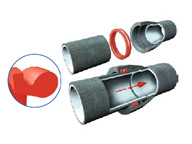 Connection "Tyton" Connection "Tyton" |
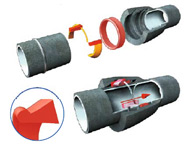 Connection "RJ" Connection "RJ" |
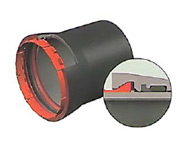 Connection "RJS" Connection "RJS" |
Spheres of Application
-
Pipelines for fire extinguisher systems.
-
Pipelines for electrochemical protection of the underground metal constructions.
Ductile iron pipe usage in other spheres must be discussed with the manufacturer.
Ductile Iron Pipes
Svobodny Sokol ductile iron pipes DN 80-1000 mm are produced 6 meters long in complex with rubber gasket and with internal lining and external protective coatings according to All Union State Standard R (Russian national standard (ГОСТ)), ISO 2531, EN 545, EN 598.
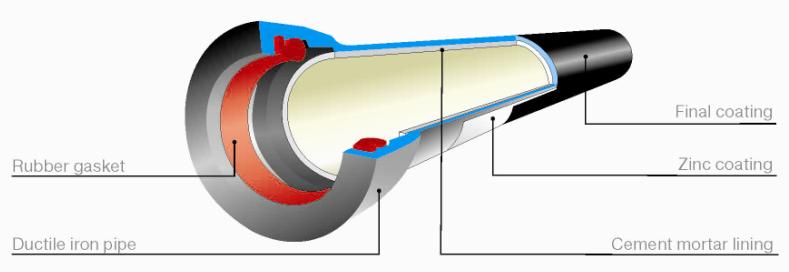
| Outer coating of ductile iron pipes
The external material of a pipe is covered with protective zinc metal and final protection coating according to ISO 8179
Internal ductile iron pipe lining The inner surface of the pipe may have cement mortar lining (CML). Thickness and properties are according to ISO 4179. The unique properties of the cement mortar lining lie in both passive and active protective effect. in case of agressive soil or transported liquid other types of coatings can be used. It is recommended to consult the manufacturer on their application. |
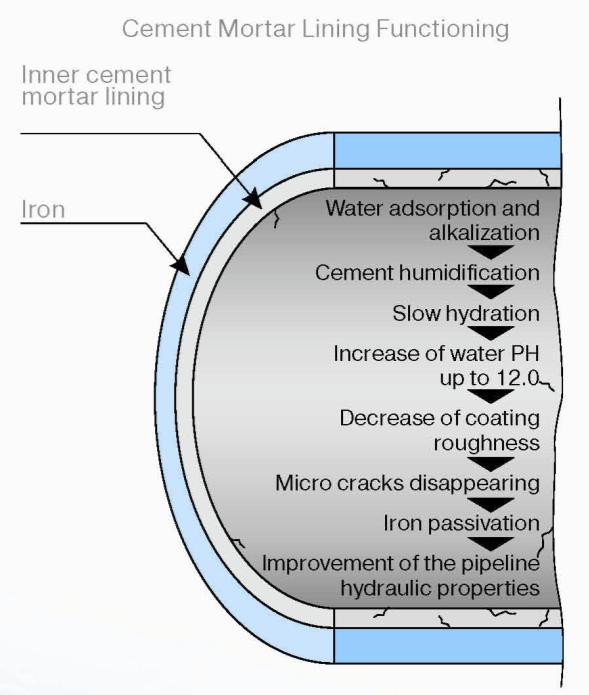 |
Range of joints

Socket «Tyton» joint Socket "Tyton" joint, with rubber gasket for use with the operating pressure from 3.0 to 6.4 MPa (depends on diameter) for pipelines DN 80-1000 mm |

«RJ» Joint Restrained socket joint with rubber gasket for use with the operating pressure from 2.5 to 8.8 MPa (depends on diameter) for pipelines DN 80-500 mm |

«RJS» Joint Restrained socket joint with rubber gasket for use with the operating pressure from 1.6 to 3.2 MPa (depends on diameter) for pipelines DN 600-1000 mm |
Functional peculiarities of socket and spigot joints
Socket joints are made in such a way that perfect tightness is ensured due to the contact pressure between the rubber gasket and the pipe material as well as due to the water pressure.
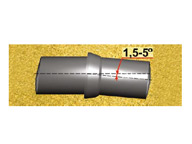 |
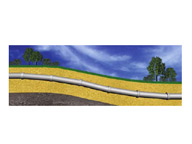 |
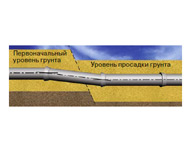 |
Socket type connection is not rigid and permits the connected pipes to move to the corner from 1.5 to 5o without joints losing tightness, it offers certain advantages when laying pipes and adjusting to the soil movement, besides it permits to lay pipes in a circle of big radius without fittings, and make adjustment to the pipeline route.
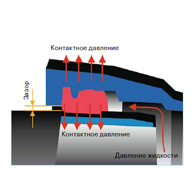 |
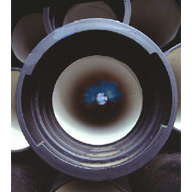 |
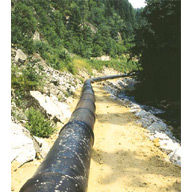 |
Angular variation of the joints
Pipeline in flexible soil
↑ наверх
